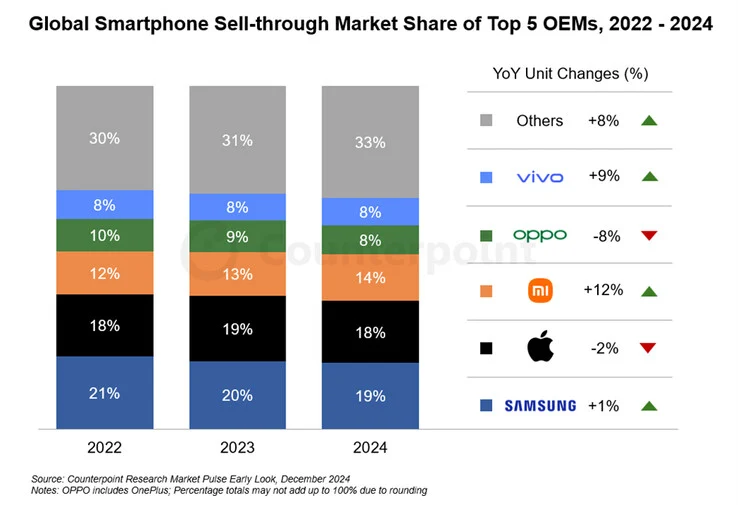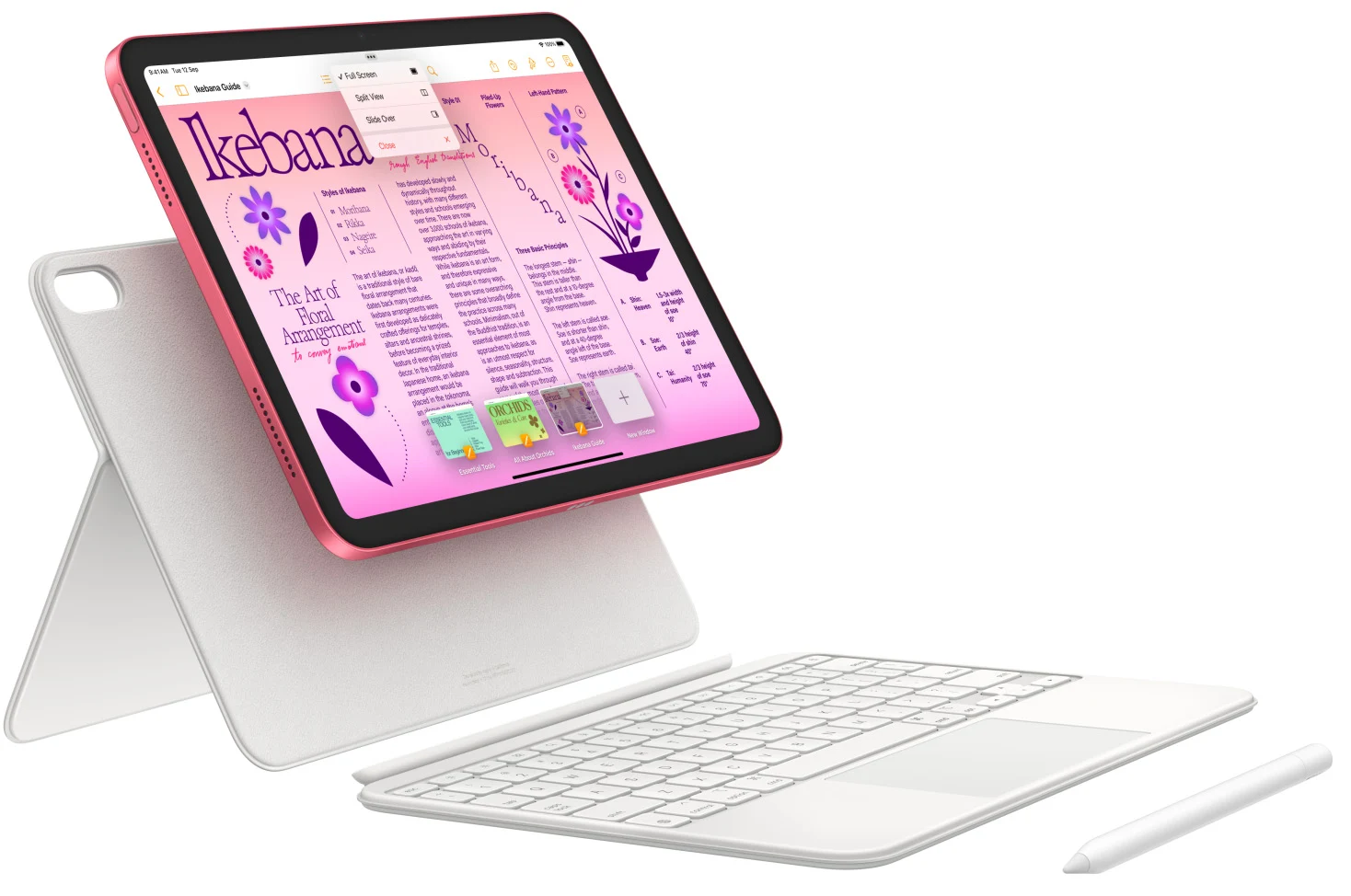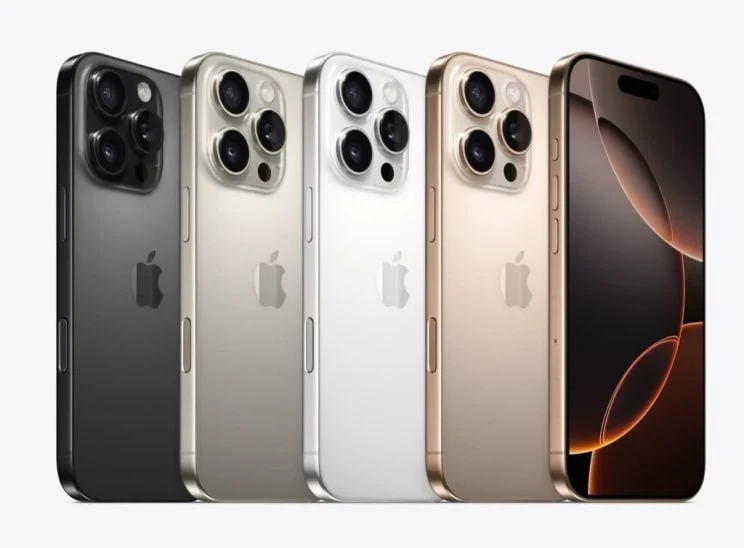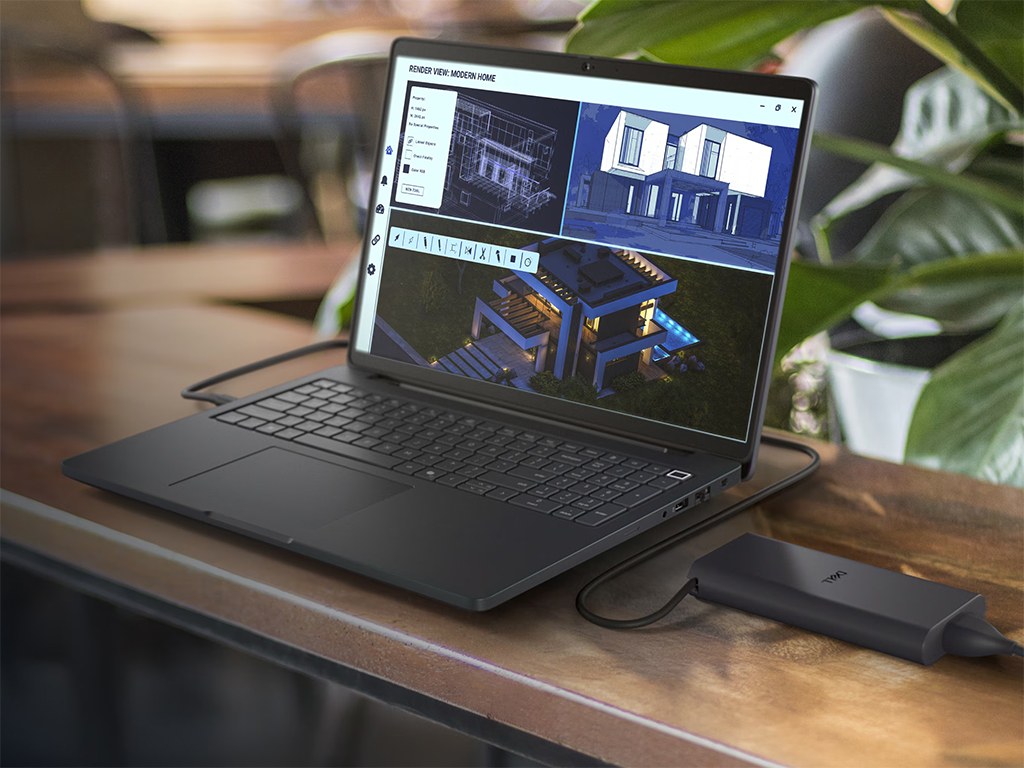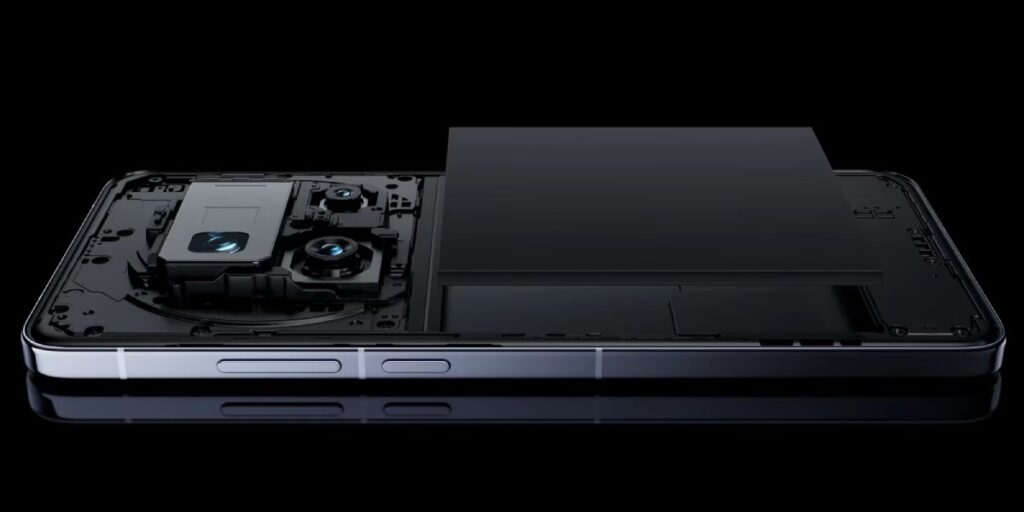The year 2024 has been quite exciting for smartphone manufacturers, especially when we look back at 2023, which recorded the lowest sales in a decade. Specifically, Counterpoint Research reports a 4% growth in the market this year, highlighting Xiaomi’s impressive performance, surpassing both Samsung and Apple.
Xiaomi’s Growth
Xiaomi has emerged as the fastest-growing smartphone manufacturer in 2024. The company’s year-on-year (YoY) market share has increased by 1%, enabling it to outpace both Samsung and Apple, which have experienced a decline in their market shares compared to last year.
Unexpected Success
What’s particularly noteworthy is Xiaomi’s achievement despite its limited presence in the United States, one of the largest smartphone markets. This growth suggests that Xiaomi’s strategic marketing efforts in regions such as Asia, Africa, and Europe are proving effective.
Counterpoint Research also points out that Xiaomi’s venture into the premium market and its focus on creative marketing strategies have played significant roles in its success. In contrast, while Apple and Samsung did not see any growth in 2024, they still hold leading positions in the global smartphone arena.
Market Share Insights
Among these competitors, Samsung retained the largest global market share at 19% in 2024, while Apple followed closely with 18%. However, both brands experienced a 1% decline in their year-on-year growth.
In addition to the sell-through market share analysis from 2022 to 2024, Counterpoint Research has also provided insights into upcoming mid-range smartphones. The firm anticipates that generative AI will become standard in these devices, predicting that by 2028, 9 out of 10 phones priced over $250 will feature hardware capable of supporting generative AI.
Source:
Link
